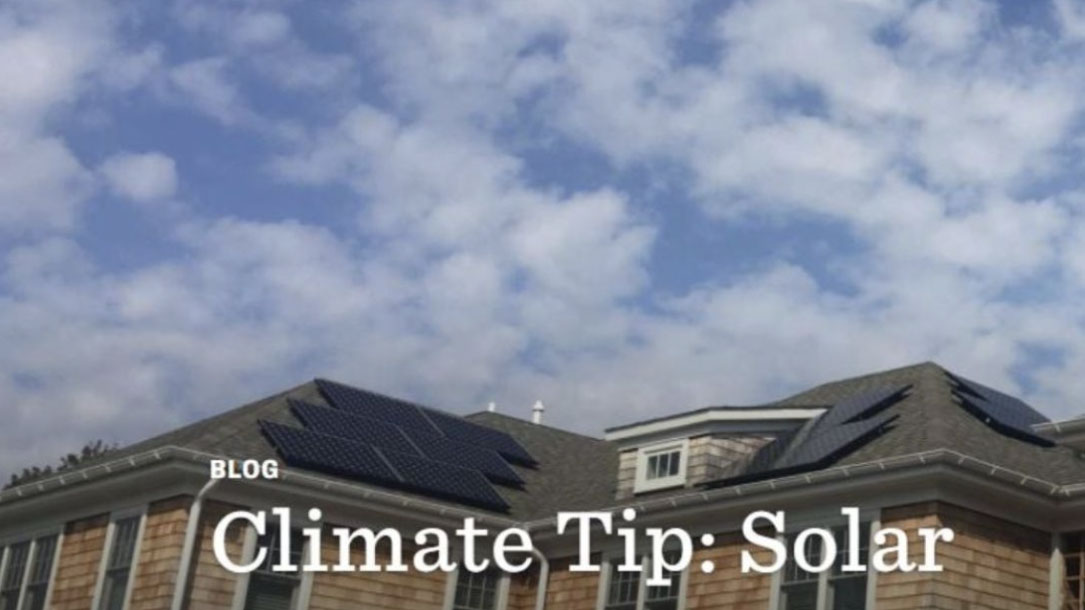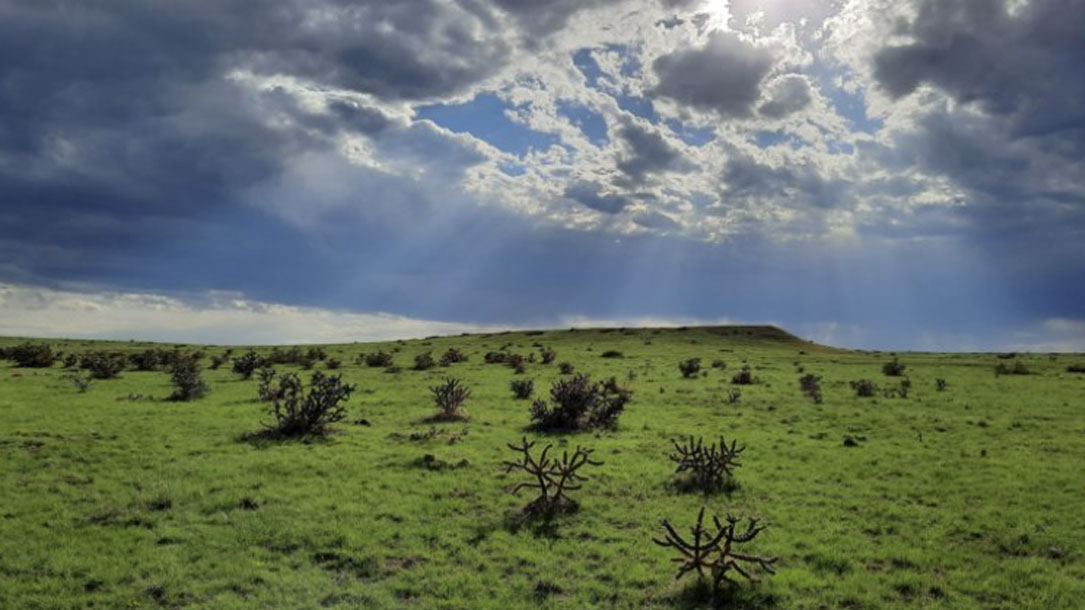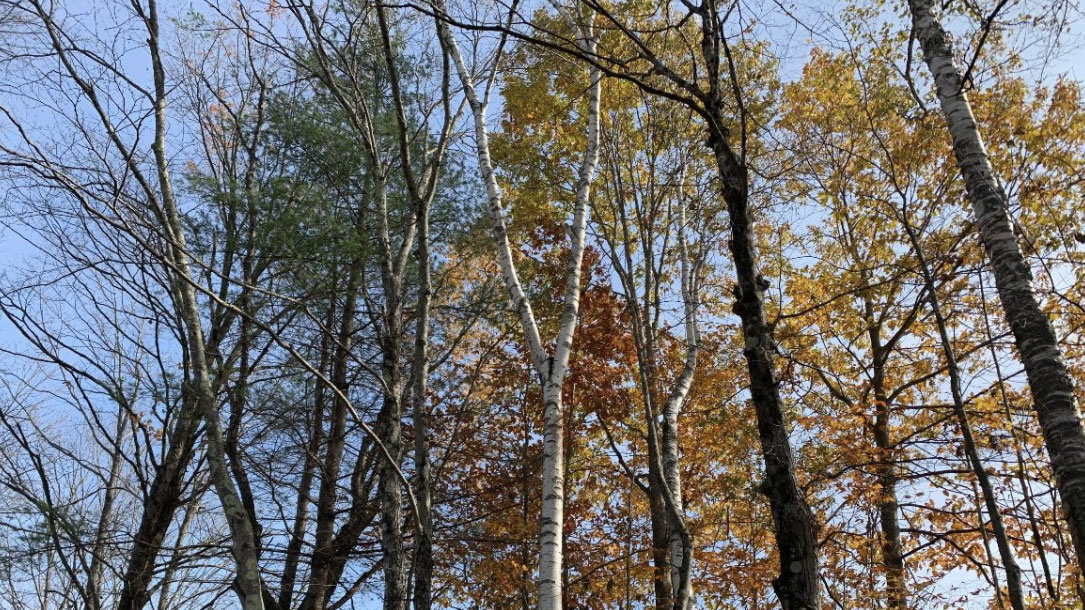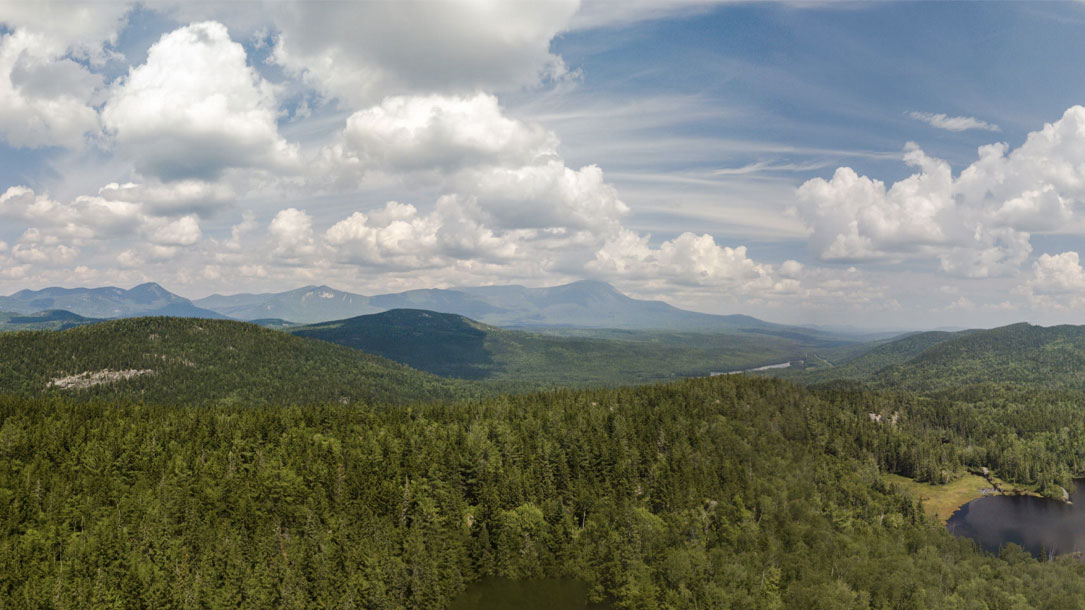
Climate tip: solar
[Recently, the Peconic Land Trust] celebrated National Cut Your Energy Cost Day with a look at our own energy costs. The Peconic Land Trust has been working to cut its energy costs through the use of solar panels—which is both economically and environmentally friendly. The net cost of solar is significantly lower than the current cost of utility power on Long Island, $0.09/ kWH to $0.21/ kWh respectively.
During the renovation of the Southampton office building in 2017, 32 solar panels were installed on the roof by GreenLogic. Since then, the panels have produced over 45,000 kWh of energy at a savings of more than $10,000! Power on Long Island comes from a combination of sources including coal and natural gas…

Building more resilient human and natural communities
Stronger storms, increased rainfall, and periodic droughts are all part of our new normal. Conservation Trust for North Carolina is rising to the challenge our changing climate brings by partnering with affected communities to identify ways that healthy lands can better support and protect people. Including land conservation in larger plans for reducing the carbon output of our state and lessening impacts to communities, we can build a resilient North Carolina.
Conserving land for climate resilience is a top priority for all North Carolinians. Informed by climate science data, we know that taking steps to protect highly resilient property along the Blue Ridge Parkway is valuable to communities long into the future, even as natural areas, wildlife habitat and species change in response to the climate. We are ready to take this purposeful approach….

How to Solar Now
Land trusts are realizing that they must support renewable energy if we are going to have a chance at saving the plants, animals, and communities from the worst of climate change.
This web-based interactive tool combines mapped information with education and guidance to help your community proactively plan for smart solar energy development. Using Geographic Information System (GIS) mapping layers, the tool identifies communities’ natural resources—such as forests, agricultural lands, and wetlands—and overlays them with important characteristics for solar development, such as gentle slopes and distance to transmission lines. It enables communities considering planning and zoning for future solar development, evaluating proposals by developers or identifying preferred sites for solar to make smart decisions that bring clean energy to residents while minimizing impacts to natural and community assets…

Medford Spring Grassland Conservation
“Grasslands store one-third of the Earth’s carbon, and just one acre of grassland can store an estimated 50 tonnes of carbon or more. Yet, in the U.S., over one million acres of grassland are still converted each year, which has the potential to release 50%-70% of the carbon they hold as carbon dioxide (CO₂).
The Medford Spring grasslands in southeastern Colorado are facing an imminent threat of conversion to cropland given its soils are suitable for farming, and cropland rental rates for winter wheat, milo, sorghum, alfalfa, and other row crops, are more than five times pastureland rates in Bent County, CO. A permanent conservation easement will preserve the grasslands and avoid conversion of the land to farming or development. This will prevent an estimated 190,000 tonnes of CO₂ from entering the atmosphere over the next 50 years. This is the equivalent of almost 208 million pounds of coal burned…”

The Climate Action Reserve
“As the premier carbon offset registry for the North American carbon market, the Climate Action Reserve encourages action to reduce greenhouse gas (GHG) emissions by ensuring the environmental integrity and financial benefit of emissions reduction projects.
The Reserve establishes high quality standards for carbon offset projects, oversees independent third-party verification bodies, issues carbon credits generated from such projects and tracks the transaction of credits over time in a transparent, publicly-accessible system.
The Reserve offsets program demonstrates that high-quality carbon offsets foster real reductions in GHG pollution, support activities that reduce local air pollution, spur growth in new green technologies and allow emission reduction goals to be met at lower cost…”

A new marketplace for carbon capture
Hudson Carbon is an on-farm soil laboratory. We study how organic regenerative farming can maximize carbon capture and restore ecosystems.

Cultivating communities where people and nature thrive together
The Community Ecology Institute (CEI’)s Climate of Hope project includes three innovation areas, described below: 1) Climate Aware Agriculture featuring Renewable Energy Integration; 2) Cultivating Climate Victory Gardens; and 3) Community Climate Change Education…
Climate of Hope will offer accessible, science-based, action-focused climate change education for the community. [They] offer eight community events at [their] farm on a range of topics from climate victory gardening (and the associated carbon-capturing practices), to composting, energy efficiency, community solar, and more.
[They] also offer customized offsite presentations to eight diverse community organizations including HOAs, faith organizations, school groups, and businesses. These events will be designed to inspire participants and provide strategies and tools for sustained positive climate action.

Our energy future
Driftless Area Land Conservancy [DALC] along with dedicated area activists has created Iowa County CLEA-N, Clean Local Energy Alliance—Now. CLEA-N’s mission is to explore options for and engage in initiatives to advance the local ownership and control of a clean energy future in Iowa County, and to lay the groundwork for the creation of an Energy District through which the vision of that future can be realized.
CLEA-N & DALC—Working Hand-in-Hand on Common Goals
Climate disruption affects every aspect of the work at DALC. CLEA-N’s efforts to lower fossil fuel emissions and to sequester excess atmospheric carbon supports DALC’s land conservation work. As this new organization gets off the ground, DALC will be a significant stabilizing and guiding partner…

Corporate partnerships in the Family Forest carbon program
The Family Forest Carbon Program, a program created by the American Forest Foundation and The Nature Conservancy, brings together rural family forest owners and companies to address climate change.

Family forests: An untapped powerhouse in climate change mitigation
[T]he American Forest Foundation and TNC have partnered to develop the Family Forest Carbon Program (FFCP) to remove the barriers smaller landowners often face—carbon market access, lack of forest management expertise, and cost—to help them optimize the carbon storage potential of the 290 million acres of privately-owned U.S. forestland.
Meeting that potential requires helping those individuals and families adopt a science-based approach to take advantage of incentives for specific forest management practices that measurably enhance carbon sequestration. It requires engaging local foresters who have decades of experience working with private landowners.
Through sustainable management, landowners can reduce their expenses by as much as 75 percent…












